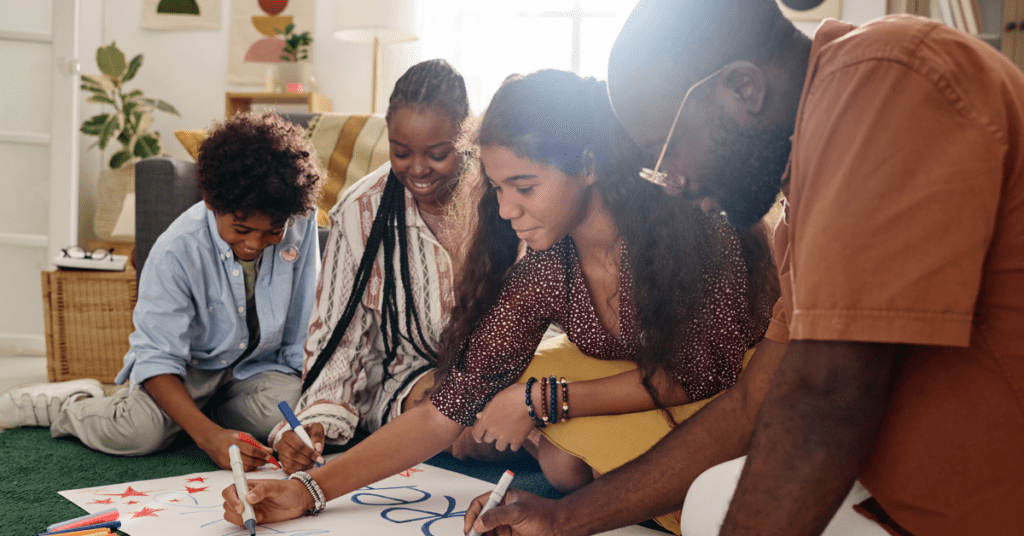
Life in Canada
Saint Patrick’s Day: When Canada Goes Green

Life in Canada
March Break in Canada: Planning Your Perfect Holiday

Life in Canada
Celebrating Canadian Black History Month

Life in Canada
Is Family Day a Statutory Holiday in Canada?

Life in Canada
Top Canadian Winter Festivals to Celebrate the Season

Life in Canada
Statutory Holidays in Canada | Guide for Newcomers

Life in Canada
4 Items for Your First Winter Season in Canada

Life in Canada
Celebrate Christmas in Canada with Exciting Markets & Festivals

Life in Canada
Halloween in Canada: A Newcomer’s Guide to Trick or Treating

Life in Canada
Thanksgiving in Canada | History & Traditions





